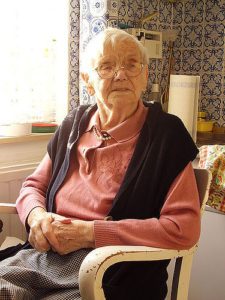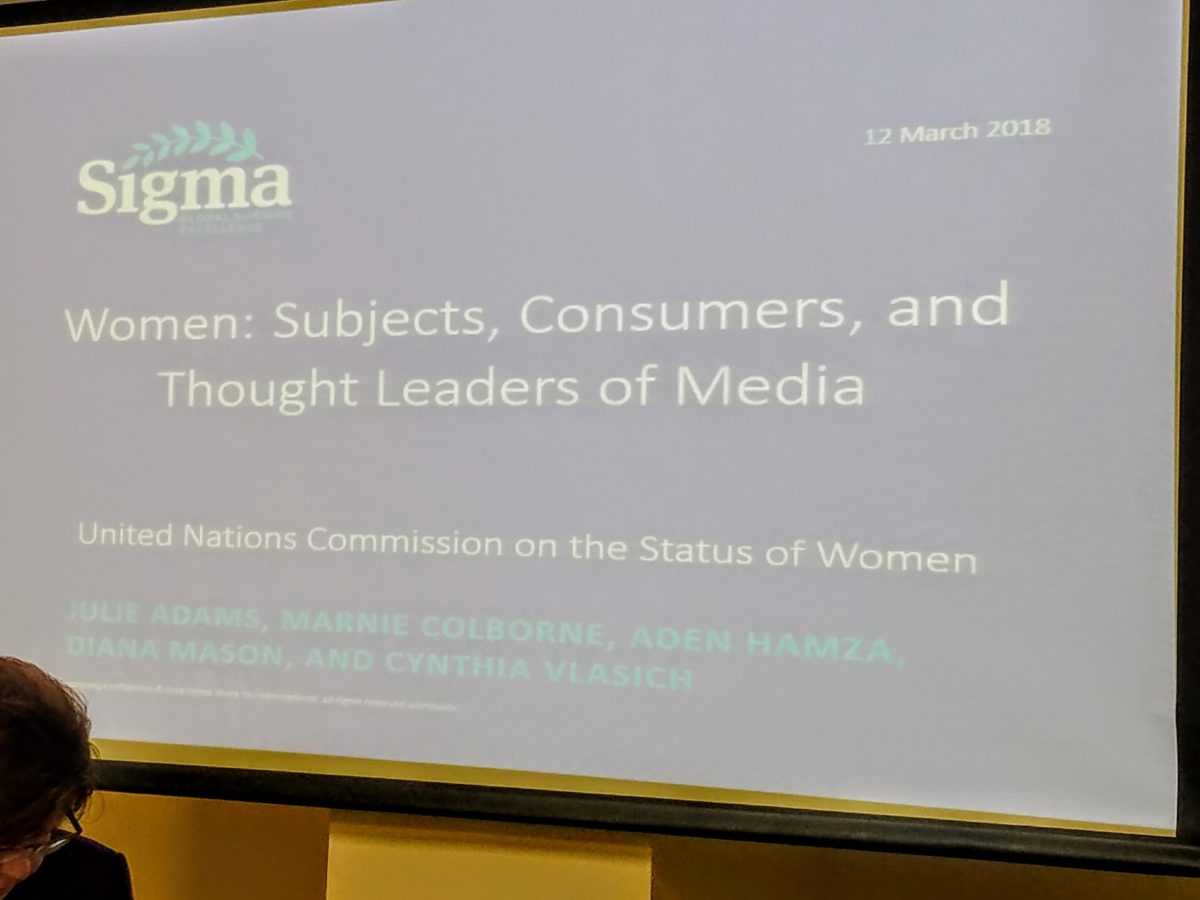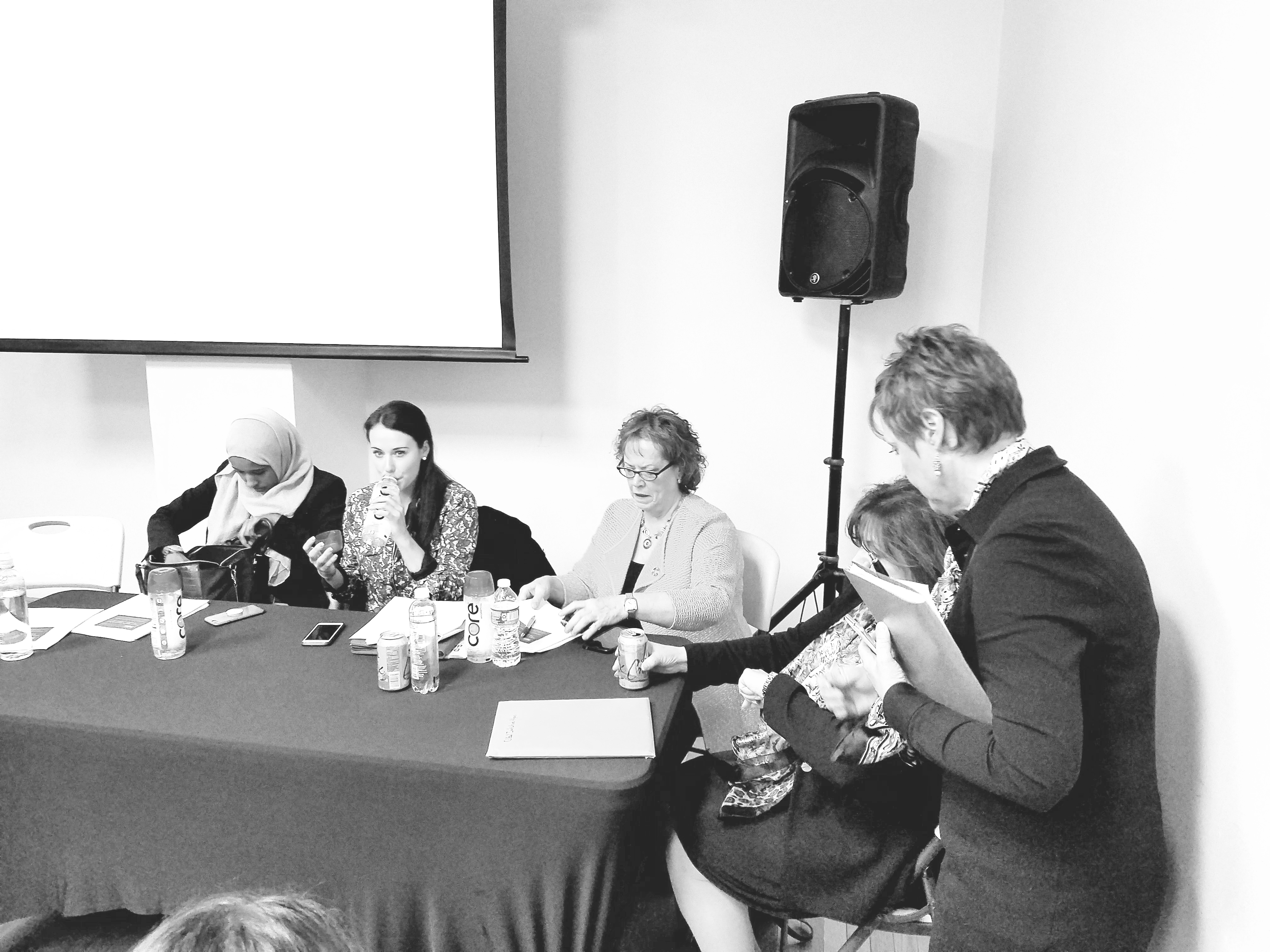Our aging population needs a new approach to long term services
It’s no secret that America’s current model for delivering and paying for healthcare, and in particular, long-term services and supports, is broken. Story upon story – including this from TIME, “Dignity, Death and America’s Crisis in Elder Care,” or this from the Wall Street Journal, “Millions Bought Insurance to Cover Retirement Health Costs. Now They Face an Awful Choice,” show that we need to rethink how care is delivered and paid for.

credit: boris bartels, cc license
The costs of long term care can quickly bankrupt a family, who may struggle to provide even minimal paid help with basic activities of daily living for their loved ones, like bathing, dressing, or toileting. The median cost of home health care is $4,000 per month, according to Genworth Financial. The average cost of assisted living runs approximately $3,750 per month for just the basics; and a semi-private room in a typical nursing home costs upwards of $7,100 a month. Only 11 percent of Americans have long-term care insurance — it’s costly and many mistakenly assume Medicare will cover most of their future health care needs.
However, with few exceptions, Medicare does not pay for help with daily living assistance delivered in the home unless it includes a skilled nursing component. Nor does it cover alternative living options like assisted living or long term nursing homes care. Medicaid, the safety-net program for those with very low income, will cover certain community based programs and pays for long term institutional care, but only after a person’s assets are virtually depleted. And, while the Centers for Medicare and Medicaid Services (CMS) does oversee several innovative home and community programs that allow chronically ill older adults to avoid or delay institutional care, they are not widespread and therefore, unavailable to everyone who may need them.
The wave of Medicare-eligible Baby Boomers is putting more pressure on an already-strapped system to deliver quality, cost-effective long term care. People are living longer — the over 85 group is now the fastest growing cohort in the U.S., and they’re living with more debilitating chronic conditions.
It’s obvious that we need a different policy approach to financing long term services and supports. A recent report from LeadingAge, a non-profit representing the field of aging services, lays out the rationale for and potential framework of such a plan. In A New Vision for Long-Term Services and Supports, author Aaron Tripp, Leading Age’s director of long term care policy and analytics argues for universal long term care coverage for everyone, that’s both flexible and dignity-driven.
A system that rewards health and wellness will delay the need for LTSS, he said. A well financed universal plan with managed cash benefits would allow older adults in need of care to obtain a range of services and programs that meet their specific needs, when they need it, and allow them to live at home or in the community longer. It could save the health system money by delaying or avoiding additional hospitalizations or admission to nursing homes.
Given the current political climate, it’s unclear how anything called “universal coverage” will go over in Congress. But Tripp told me that behind the scenes, there’s actually some bipartisan support for a long term care benefit that covers everyone. Financing could come through payroll deductions, much like Medicare and Social Security are currently paid for.
One can only hope national and local legislators act soon, before already financially and emotionally strapped families hit their breaking points.
You can listen to the entire interview, which aired on HealthCetera, here.
Podcast: Play in new window | Download
It’s no secret that America’s current model






